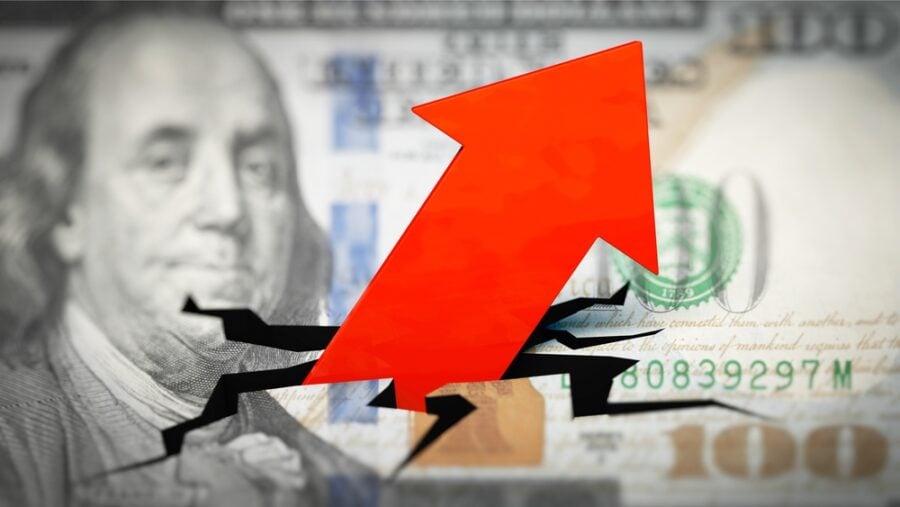US Inflation accelerated to 8.5 percent last month, the fastest pace in 12 months since 1981, underscoring the painfully high cost of living and adding to pressure on the Federal Reserve to raise interest rates more aggressively.
Gasoline price hikes linked to the Russia-Ukrainian war led to sharp increases stemming from strong demand and supply shortages also linked to the coronavirus pandemic.
Inflation results exceeded analyst expectations, as they indicated an annual inflation rate of 8.4 percent, and price growth on a monthly basis by 1.1 percent (it reached 1.2 percent), according to the American company Facts.
On Monday, the White House had expected the inflation rate for March in the US to be “extraordinarily high”, and on Tuesday announced a series of initiatives to increase the use and production of biofuels in the hope of lowering prices at petrol stations.
Gasoline cost to record levels
According to the US Department of Labor in its monthly Consumer Price Index report, monthly consumer prices in the US rose by the most in 16-and-a-half years in March.
The Russian operation in Ukraine raised the cost of gasoline to record levels, which reinforces the Federal Reserve’s tendency to raise interest rates by 50 basis points next month.
US Department of Labor numbers
The Labor Department said the consumer price index jumped 1.2 percent last month, the largest increase since September 2005, after rising 0.8 percent in February.
Over the 12 months to the end of March, the index rose at a rapid pace of 8.5 percent. This was the largest year-on-year rise since December 1981, after rising 7.9 percent in February. This is the sixth consecutive month that annual CPI readings are above six percent.
The Ministry of Labor indicated that housing and food prices contributed to the rise in inflation.
Core inflation
However, the so-called core inflation, which does not include energy and food prices, slowed to 0.3 percent in March from 0.5 percent in February, but it accelerated over the course of one year to reach 6.5 percent, the highest level since August 1982.
This is due in large part to the biggest drop in used car prices since 1969 and slower price growth for other merchandise.
Used car prices, which have been a driver of commodity inflation for months, fell by 3.8 percent in March, the second consecutive monthly decline. Meanwhile, new car prices rose slightly.
Given the rise in gasoline prices in March, “these numbers are likely to be peaks,” said Gregory Dako, chief economist at strategic consultancy Ernst & Young. “However, it will be necessary to monitor whether price increases, except for food and fuel, the so-called core prices will slow in the coming months.”
March is the first month to give a full picture of the repercussions of the war in Ukraine on prices in the US.
While the Fed has opened the door for a half-percentage point increase in interest rates, inflation is unlikely to fall back to its 2% target anytime soon, especially given the ongoing war and lockdown in China due to the coronavirus and increased demand for services such as travel.
At the same time, the risks are growing that inflation will push the economy into a recession. A group of economists expects activity to contract either because consumer spending will fall in response to higher prices, or because the Fed will overcorrect in its efforts to curb inflation.








